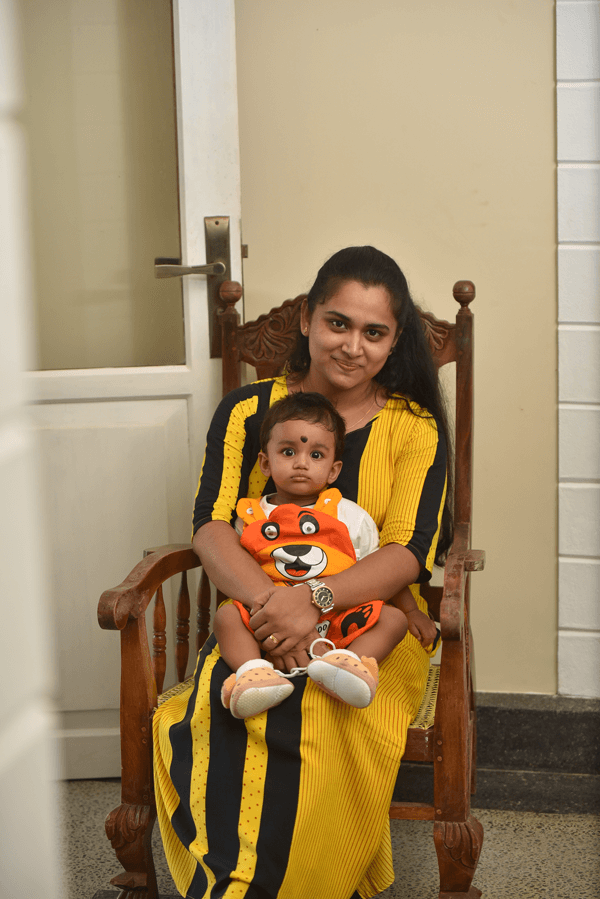Labor pain can be an overwhelming experience for many women. Although it's a natural and necessary part of childbirth, it's understandable that some women want to reduce the discomfort associated with labor. Fortunately, there are many exercises and techniques that can help to relieve pain during childbirth. In this article, we will discuss some effective pain-relieving exercises that can help women to manage labor pain.
- Prenatal Yoga
Yoga is a gentle form of exercise that can help to strengthen and relax the body. Prenatal yoga is specifically designed for pregnant women and can help to relieve stress, improve flexibility, and prepare the body for childbirth. Many prenatal yoga classes also include breathing exercises that can be used during labor to manage pain.
2. Walking

Walking is a low-impact exercise that can help to improve circulation and reduce stress. Walking during labor can also help to promote the progress of labor by encouraging the baby to move down the birth canal. Additionally, walking can be a great distraction from labor pain.
3. Squatting
Squatting is a natural position that can help to open the pelvis and facilitate the descent of the baby. During labor, squatting can help to relieve pressure on the lower back and reduce pain. Squatting can be done using a birthing ball or with the support of a partner or a labor nurse.
4. Pelvic Rocking
Pelvic rocking is a simple exercise that involves rocking the hips back and forth. This exercise can help to relieve lower back pain and improve circulation to the pelvic area. Pelvic rocking can be done in a variety of positions, including standing, sitting, or on all fours.
5. Kegel Exercises
Kegel exercises are a form of pelvic floor exercise that can help to strengthen the muscles that support the bladder, uterus, and rectum. During labor, strong pelvic muscles can help to support the baby's descent and make pushing more effective. Kegel exercises can be done at any time during pregnancy and are easy to incorporate into your daily routine.
6. Breathing Techniques

Breathing techniques can be highly effective in relieving labor pain and promoting relaxation. Here are some common breathing techniques used during childbirth:
- Slow Breathing:
Slow breathing involves taking deep, slow breaths in through the nose and out through the mouth. This type of breathing can help to relax the body and reduce tension, making it a good choice for managing pain during contractions.
- Patterned Breathing:
Patterned breathing involves inhaling and exhaling in a specific pattern, such as inhaling for three counts and exhaling for six counts. This type of breathing can help to distract from the pain and keep the mind focused.
- Lamaze Breathing:
Lamaze breathing involves a series of quick, shallow breaths followed by a long, slow exhale. This type of breathing can help to reduce pain and promote relaxation.
- Visualization Breathing:
Visualization breathing involves imagining a relaxing scene while breathing deeply. For example, imagining a calm beach or a peaceful meadow while taking slow, deep breaths can help to promote relaxation and reduce tension.
It's important to practice these breathing techniques during pregnancy to become familiar with them and build muscle memory. It's essential to work with your healthcare provider to find the best pain management techniques for you and to develop a birth plan that outlines your preferences for pain management during labor.
In conclusion, pain-relieving exercises can be an effective way to manage labor pain. Prenatal yoga, walking, squatting, pelvic rocking, Kegel exercises, and breathing techniques are all exercises that can help to reduce pain and promote relaxation during childbirth. By practicing these exercises during pregnancy, women can prepare their bodies for labor and develop coping mechanisms to manage labor pain. It's important to remember that every woman's labor is unique, and what works for one woman may not work for another. However, with the right tools and support, women can manage labor pain and achieve a positive childbirth experience.







